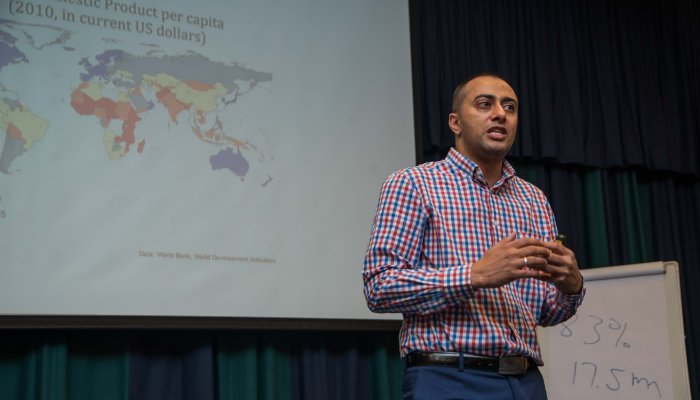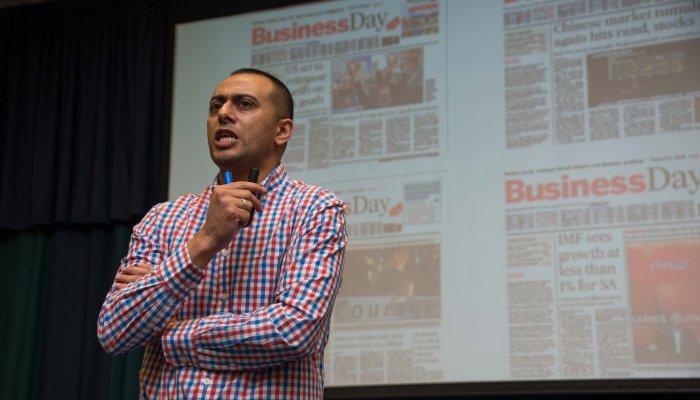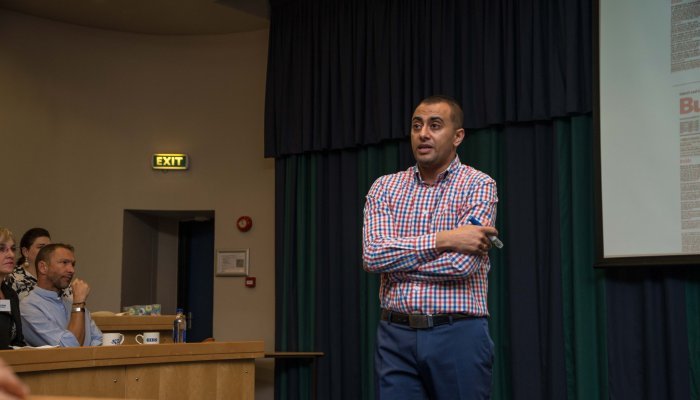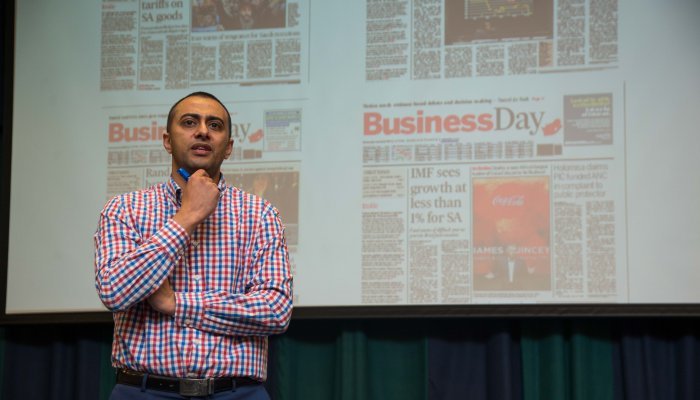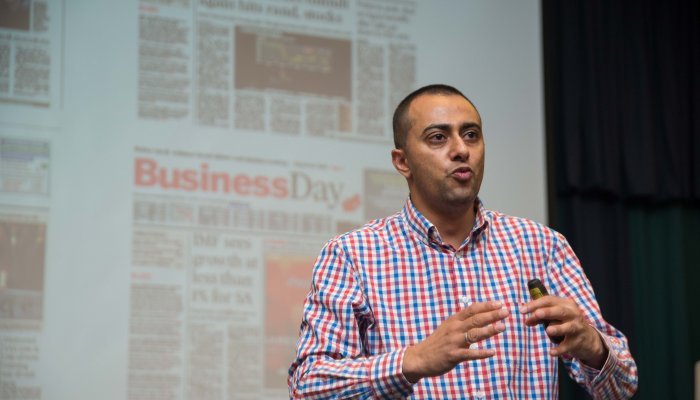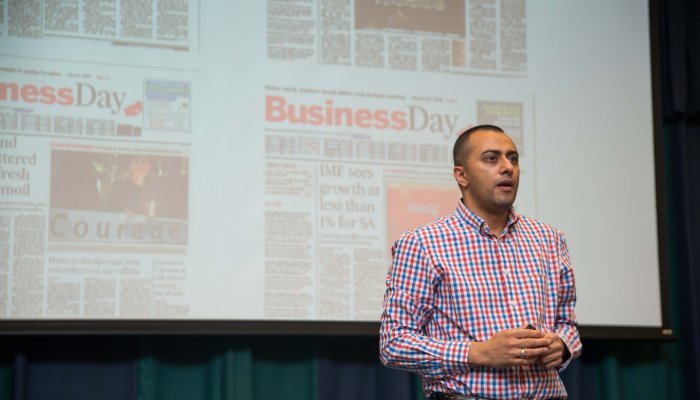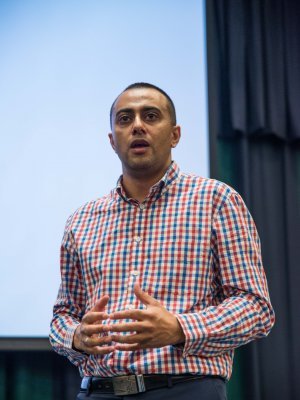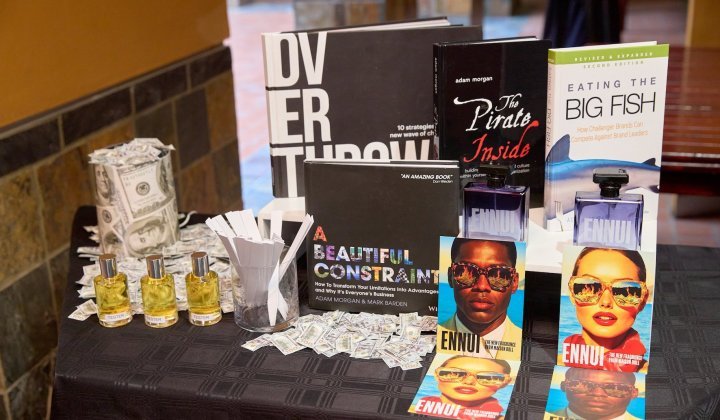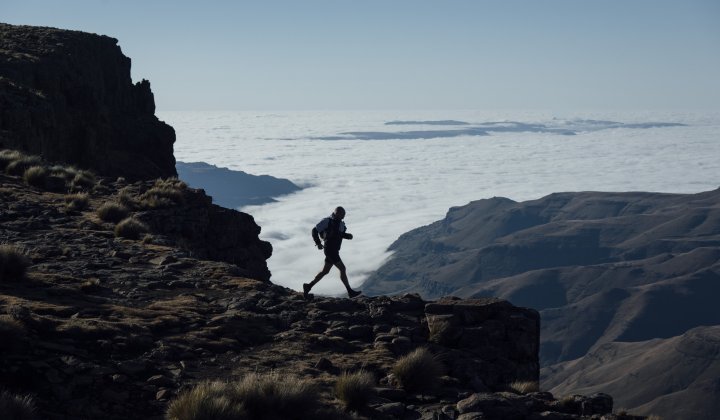In 1966 American Airlines equated its first-rate service to the level demanded by Hilton Hotel founder Conrad Hilton. “You can get exactly the same service that Mr. Hilton gets… If you take the same airline,” read a print advert at the time. Fast forward to February 2019 when American Airlines made the news due to an altercation between an air hostess and a first class passenger over an Irish coffee. What, one wonders, would Conrad Hilton expect?
In the 53 years since the airline ran that print campaign a lot has changed in the world of client service, not always for the best. But we are increasingly seeing a swing back to the sort of hands-on attention historically reserved for the elite as smart brands seek to differentiate themselves in a world where service is often the only card left to play.
This is why, as we are caught up in a halo of digital disruption, we are seeing forward-thinking brands treating the human experience with as much care as they are lavishing on digital interaction. In this world, digital fits in by automating the fiddly details and leaving valuable human talent to get on with the art of interaction. It requires companies to look at their entire customer journey and figure out how to solve for simplicity and complexity, and then take the return of time and use that to amplify the human experience.
This evolution in corporate thinking came home to me over the December holidays when I travelled with my family to Dubai. Everything about this interaction reeked of client service, from the plane trip to the hotel to the experiences when we arrived in the Emirate. Over the past 10 to 15 years Dubai has transformed itself into a sterling example of what a concerted national effort – driven by government – can do to transform a country into a magnet of opportunity.
Dubai and the human experience
Dubai is a fascinating case study of how an economy is able to move away from a single resource of revenues – oil and gas – and develop a relentless diversification focus spanning infrastructure to telecoms, tourism, theme parks and big business. The upshot of this is that the financial centre of the United Arab Emirates is now an economy which, in December 2018, welcomed the one billionth passenger through its airport and which boasted a tourism sector worth US$29.7 billion at end-2017.
The key to Dubai’s success lies in ensuring that all its resources are pulling in the same direction. This is epitomised by the 2020 Expo which Dubai will host next year and around which the entire economy has been geared, to the tune of US$15.4 billion. The city is supporting this with seamless visas, the ability to connect quite easily round the world through Emirates Airline and the ability to provide a number of unique tourist experiences around Dubai.
Emirates is an important differentiator for Dubai not least because creating a unique customer proposition lies at the heart of its offering. They use digital well and offer a seamless, easy interface when booking, plus free Wi-Fi on board. They’ve mitigated the hassle of travelling via Dubai by delivering a top-class customer experience at a good cost, so much so that myself and many other executives I know now only choose to travel Emirates.
But the national carrier is just one part of the equation. Last year I was fortunate enough to visit Sol Kerzner’s remarkable Atlantis Dubai, so on this trip, we checked into the homegrown UAE Jumeirah Group’s 599-room five-star Jumeirah Beach Hotel, which certainly ranks among the best establishments I’ve visited around the world. This has everything to do with a customer experience that ticks these important boxes:
· Setting the tone – A few weeks before we travelled, the manager called to check details like arrival times and dietary requirements. In a city with a multitude of hotels and options, this sort of one-on-one contact is hugely important.
· Considering guests – When we arrived at the hotel, it was a pleasure to see how much of the usually tedious check-in experience had been streamlined; after a long flight we were whisked right up to our room where the entire book-in and payment process took place.
· Connecting on a daily basis – When brands put client-centric thinking at the forefront of their approach, then they seek to keep this bonhomie alive on a daily basis. In this case, it included a twice-daily cleaning service – ideal for a beach hotel – and thoughtful gifts delivered to our room each day: a beach ball, kids’ sunglasses or a bat and ball. For the adults, a regular taste of Dubai was served up in our room in the form of nibbles.
· Delivering consistently – During my stay, keen to determine how different our treatment was to the offering just across the road at the most luxurious hotel in the world Burj Al Arab Hotel, I arranged a visit to the jewel in the crown of the Jumeirah Group. All the same personalised experiences were in place, talking to the standard being set across the brand.
A consistent approach
Unified approaches like those shown by the Jumeirah Group, Emirates and Dubai as a whole will mark the future sustainability of brands globally. But it takes effort to think about the needs and delights of guests, ways to add value and how to keep this up throughout the process. You can’t do this unless your corporate culture is fully aligned, or you’ll quickly be found out.
Infusing this level of detail and service into the hearts and minds of staff across the group is in itself a remarkable achievement. Yes, you can put certain systems in place like ticking off whether a family has received their daily gifts, but what about the restaurant staff noting what the children had for breakfast and, the following day, serving up their favourite pancakes with their names written on them in sugar and cinnamon? How about tailoring dinner menus? Or greeting you by name each day? I would be extremely interested to know exactly how the group gets this right: Is it due to incentivisation? Is it about the affinity to a brand that makes staff feel part of something special?
Certainly the experience has created an expectation in my six year old’s mind, but I can hardly blame her. As someone who teaches in the field of digital strategy, I’m the first to admit that an entirely tech-enabled hotel, without these personal human touches, would be a soulless experience. Digital has a place in the background, taking care of repetitive tasks, thereby freeing up human beings to use their innate creativity and passion to connect the consumer to the brand.
We all crave the human touch. We want to connect with organisations that understand us, that speak to our individual expectations. And, as Dubai has clearly figured out, only humans can do that.
Lessons for SA
Over the past decade, the world has seen impressive diversification efforts from countries like Qatar and even Ethiopia, but as a strategist, I have been particularly struck by Dubai’s journey.
Tourism alone contributes around US$43.3 billion to the UAE’s GDP, according to the government, and is forecast to rise by 4.9% a year to US$72 billion, or 12.4% of GDP by 2027. This holds valuable lessons for a country like South Africa which undoubtedly has latent potential when it comes to this sector, but which struggles to make use of tourism to enable the economy. Editor-at-large for Tiso Blackstar Group, Peter Bruce, wrote an excellent piece on this subject recently in the Sunday Times (Why don’t we pluck the low-hanging fruit of tourism?) which outlined how we should take advantage of our largely English-speaking business economy, our central location, terrific weather and diversity of experiences. These are all advantages we share with a hub like Dubai.
So how did Dubai manage to get this delicate balance right? To my mind it comes down to three key points: creating and sustaining a world-class airline capable of getting feet onto the ground in Dubai, growing tourism numbers in all sectors and, perhaps most importantly, focusing on creating experiences.
Emirates Airline is certainly an enabler and South Africa can and should also be looking at South African Airways from a leveraging perspective, especially when it comes to the Southern African Development Community (SADC). I’d love to see a tourist being able to seamlessly fly into Victoria Falls and spend two days there, then spend a weekend partying in Cape Town, then fly across to Botswana to enjoy a Big Five experience and end with a beach recharge in Mozambique. But because of cost, visas and difficulty of travel, this remains a pipe dream. Unless, of course, we can apply Dubai thinking to the conundrum.


